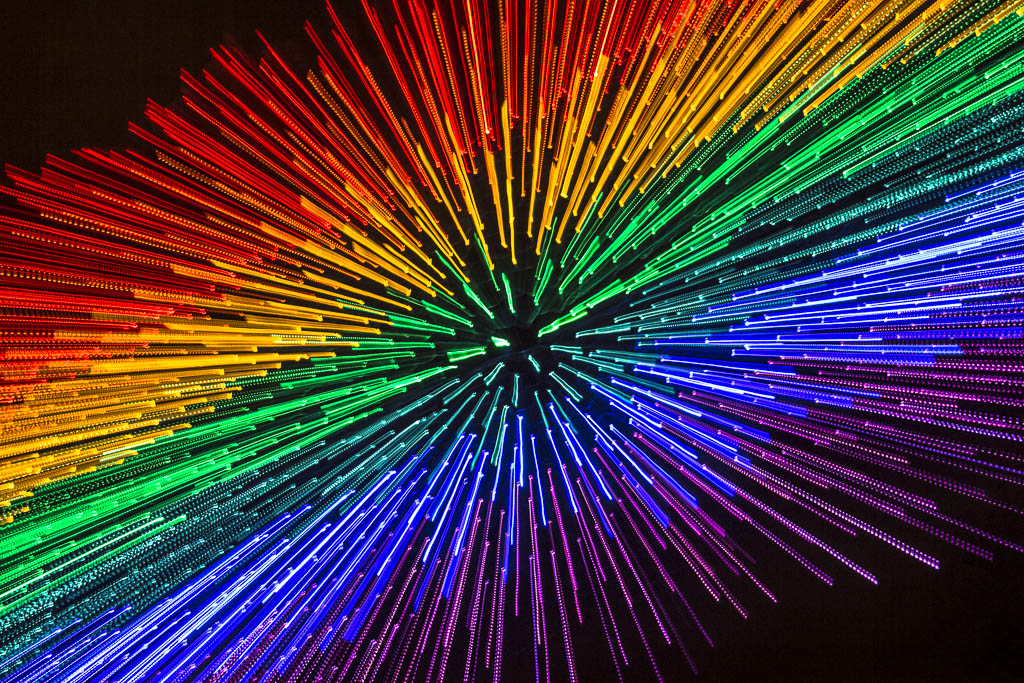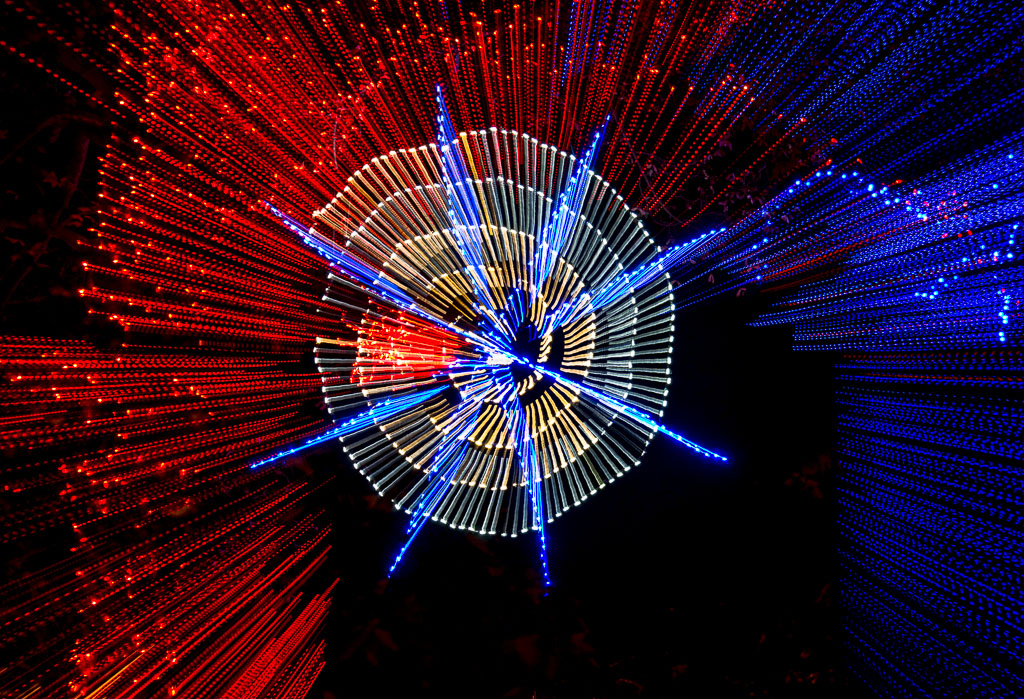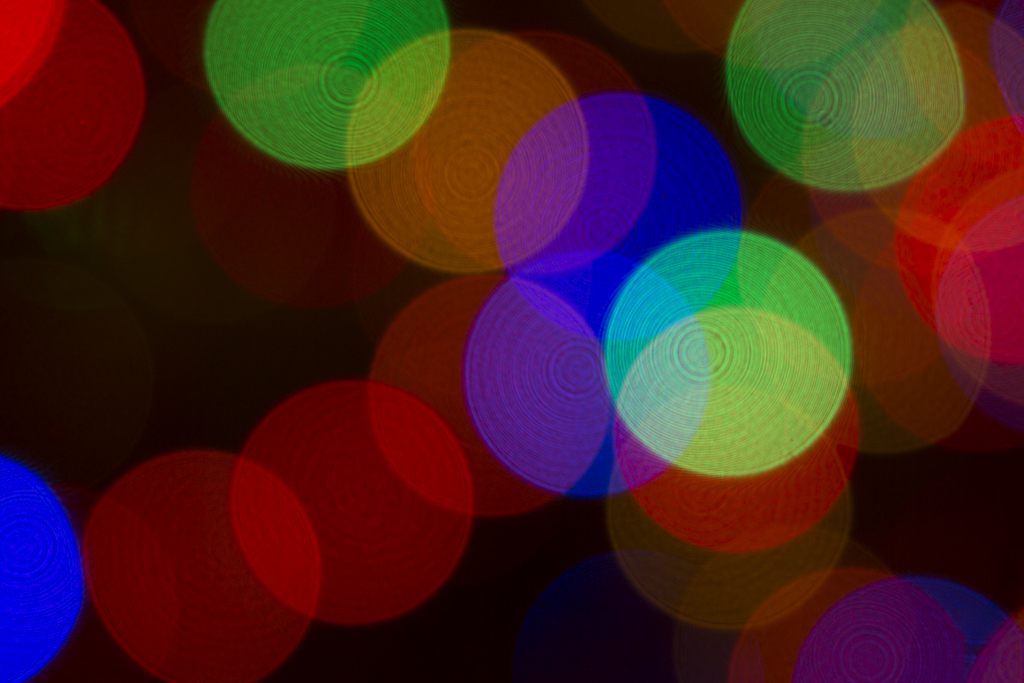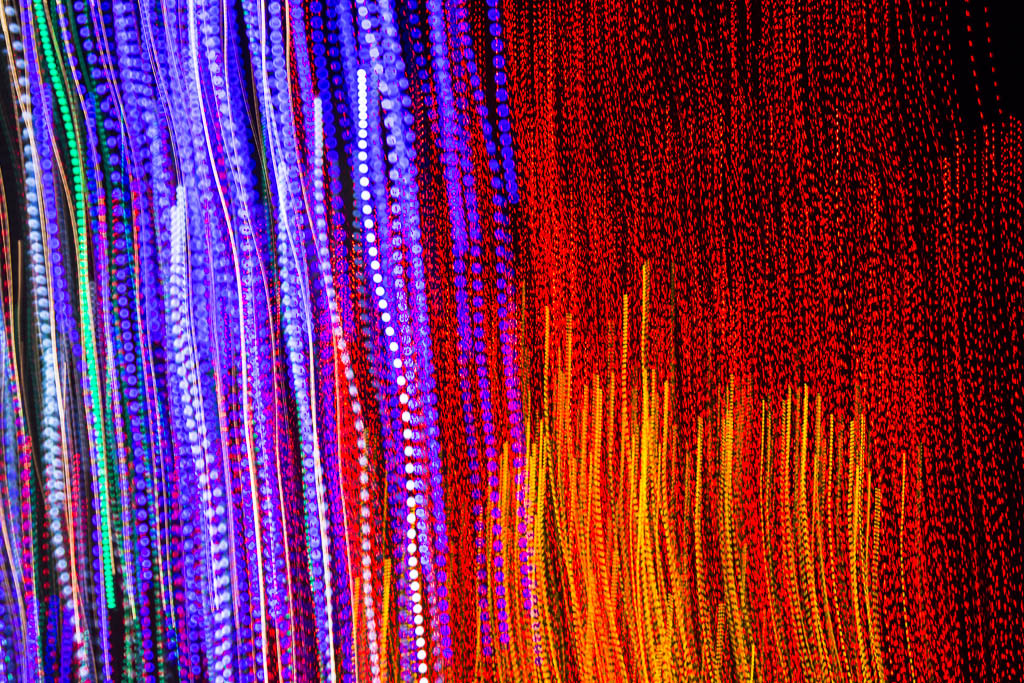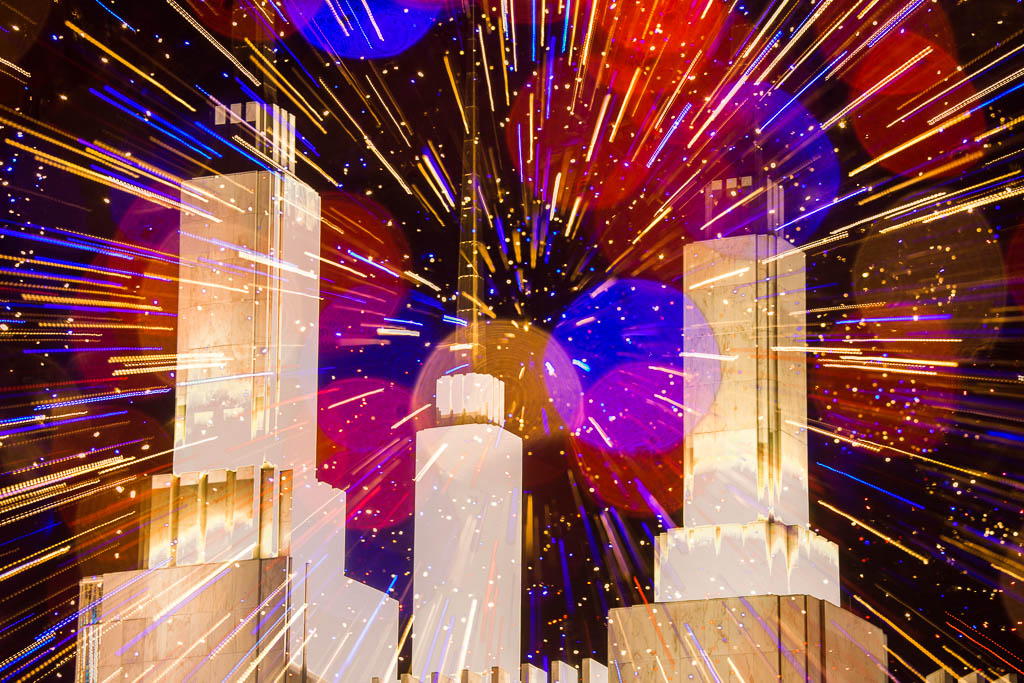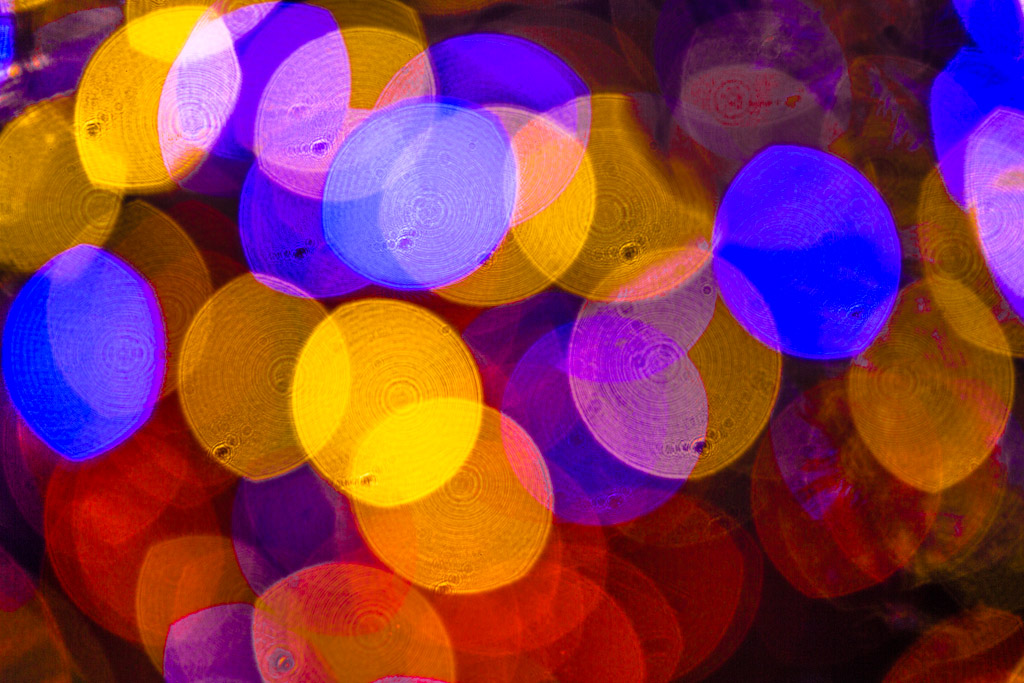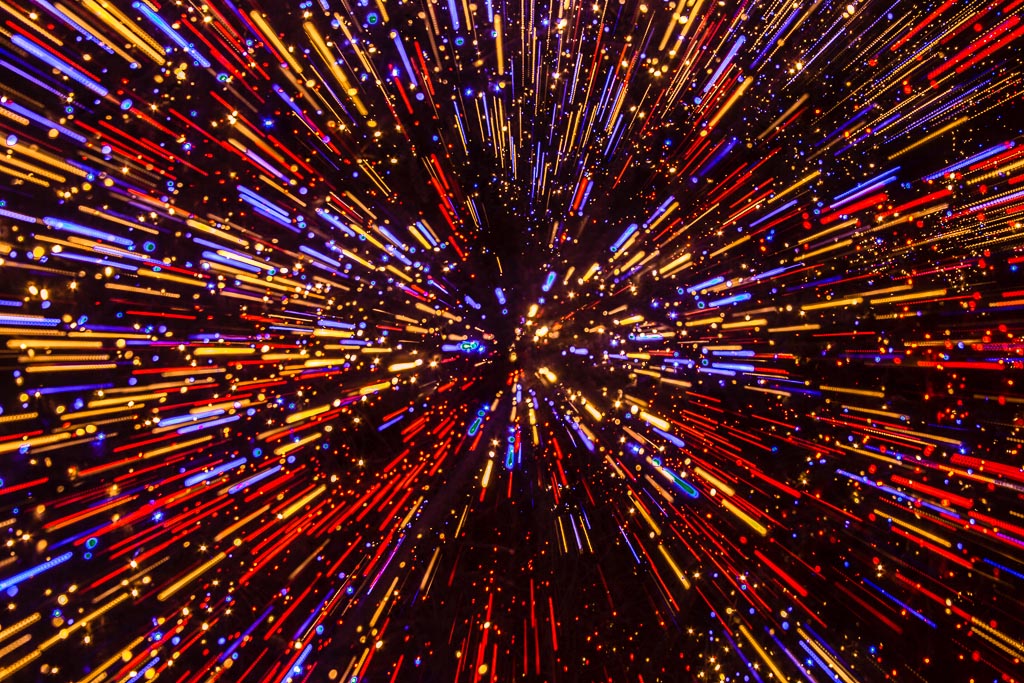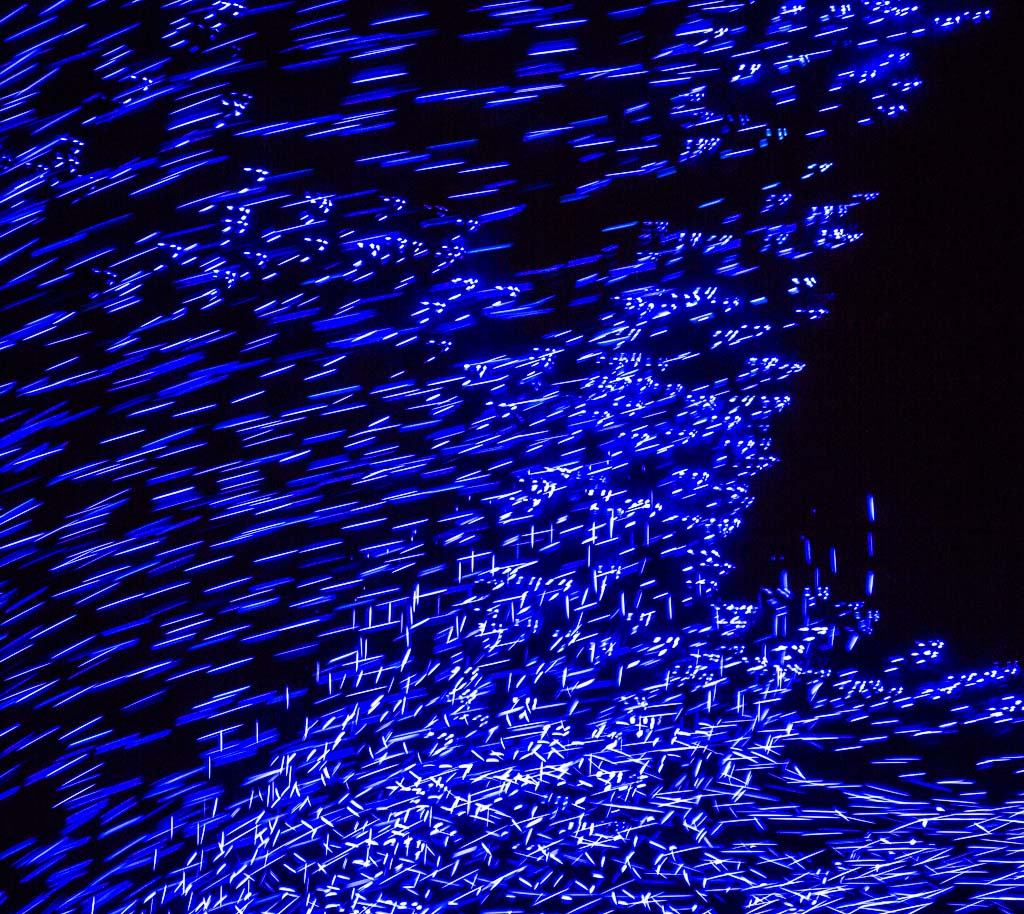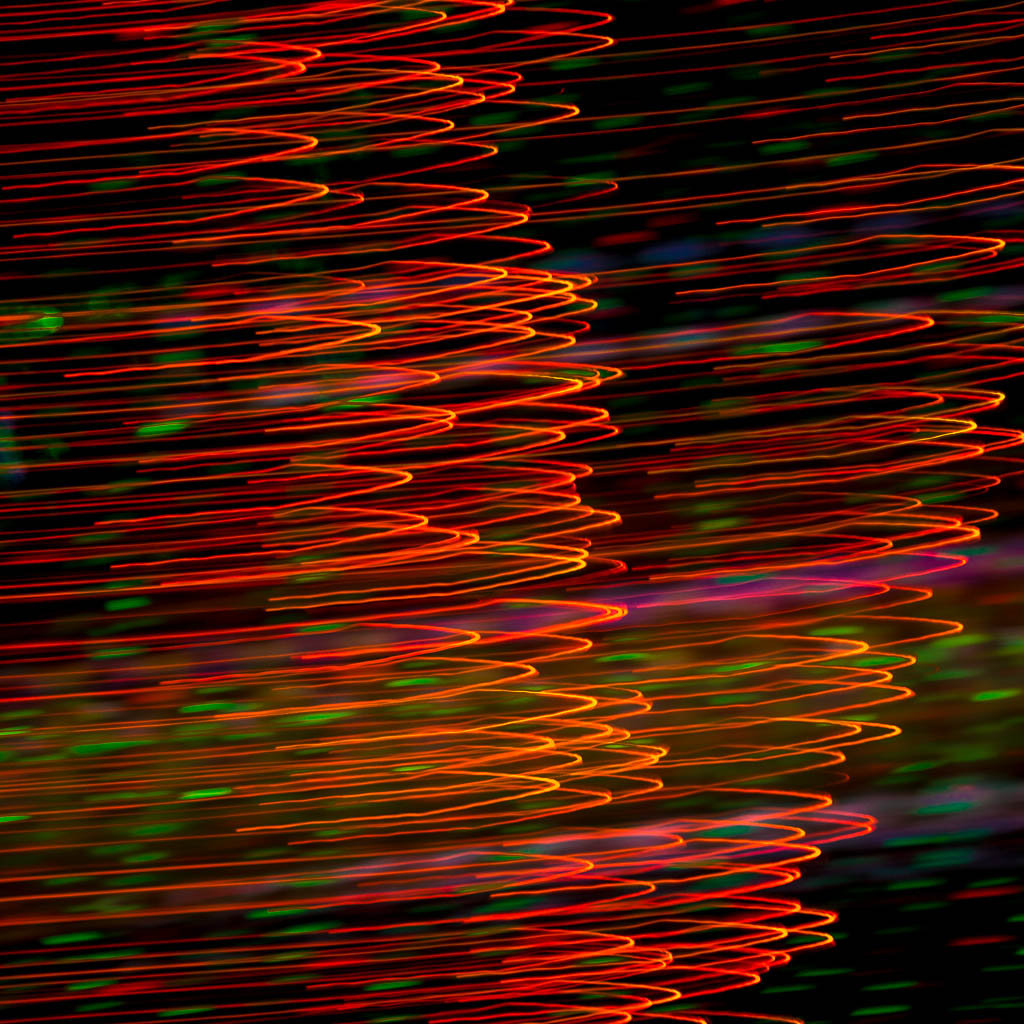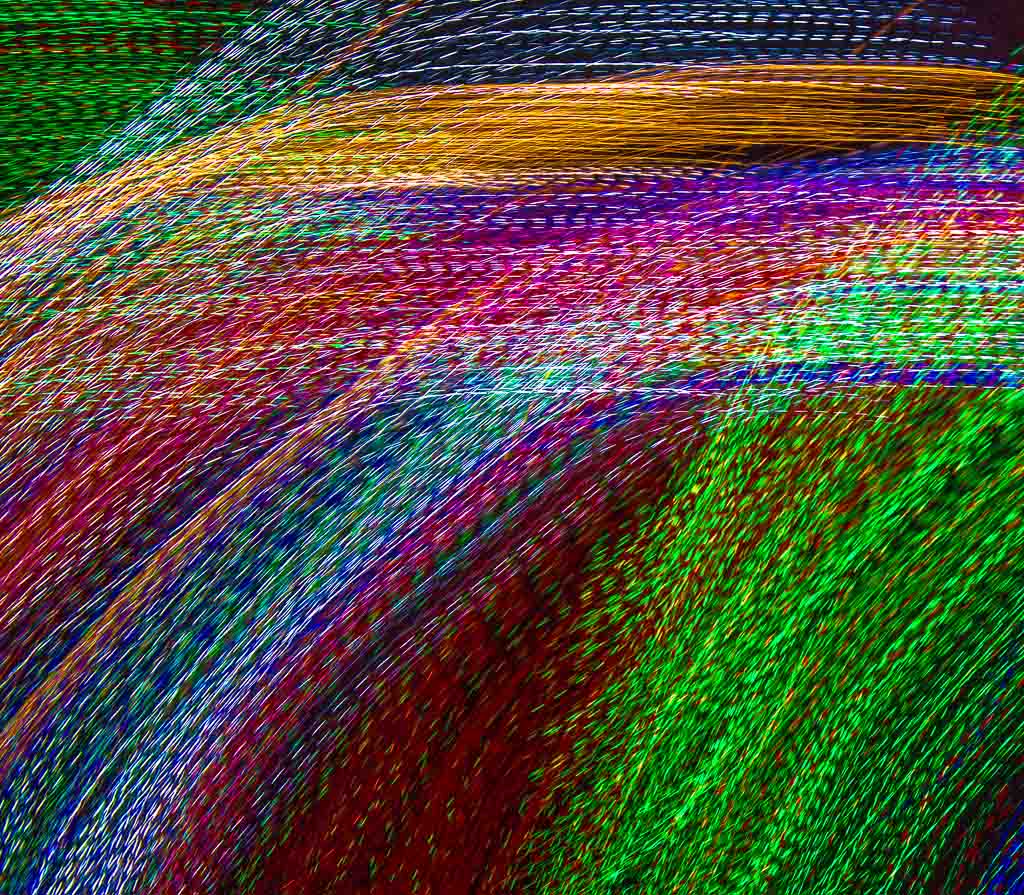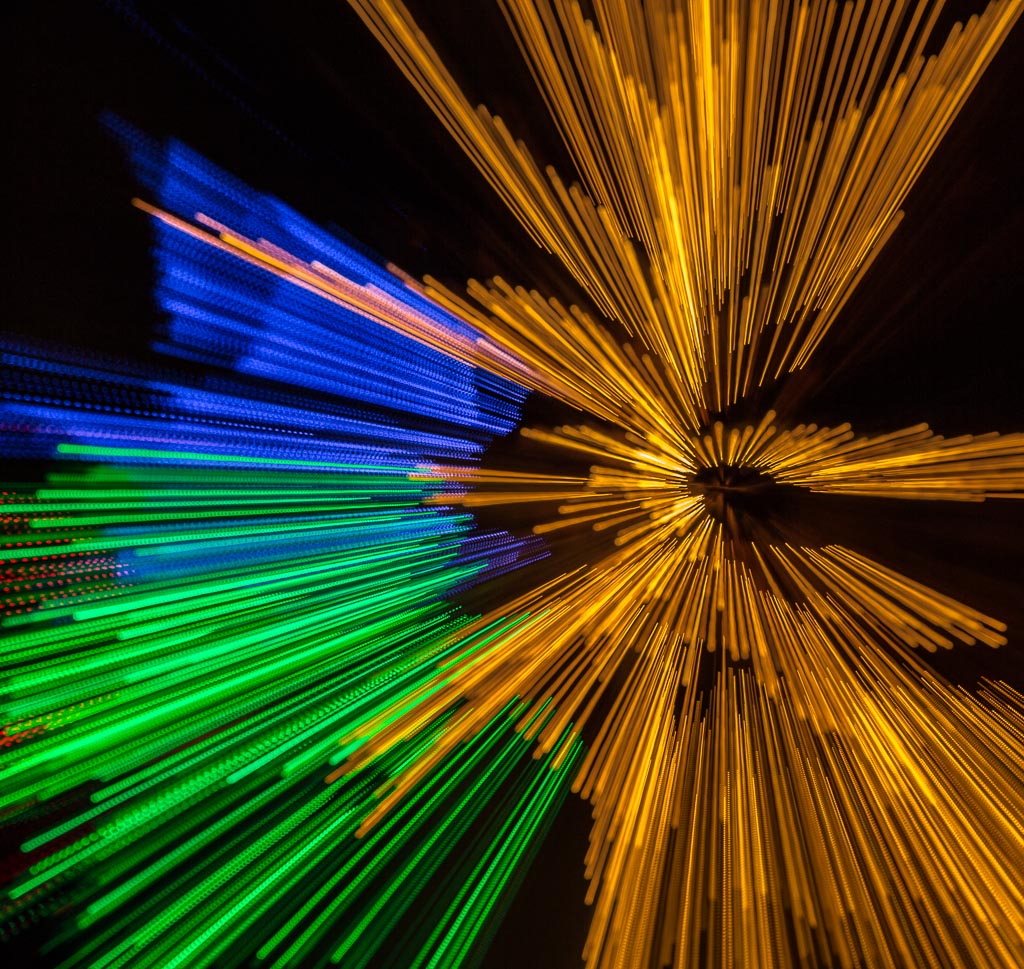Greg Holden will be leading a field trip to the abandoned silk mill in Lonaconing, Md (outside of Cumberland). The mill is privately owned and protected and still contains all the machinery, tools, and personal effects from when it was shut down in 1957. There is lots to explore in this 3 story factory–check out Greg’s photos from his past visits. Our club will have exclusive access from 1-5pm. We will carpool from our usual location at the Giant Food parking lot off Flower Ave and Arliss Street in Takoma Park at 8 am and stop in Cumberland for lunch before heading to the mill. Cost is $25/hour per person but I recommend you stay the complete 4 hours. To avoid running into each other, we will limit this trip to 12 people. Email Greg to register or if you have questions: gholden[ at] imagesunderfoot.com
Category Archives: Uncategorized
January Competition Judge: Sandi Croan
Category: Open
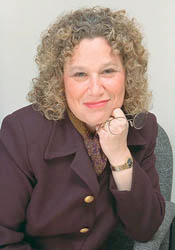 If you’ve attended the Nature Visions Expo in the last couple of years, you’ve seen Sandi Croan and her award-winning photographs. In Northern Virginia circles, Sandi’s well known for landscape, nature, and travel photography, with an eye for capturing the unique and for creating fine art for homes and offices.
If you’ve attended the Nature Visions Expo in the last couple of years, you’ve seen Sandi Croan and her award-winning photographs. In Northern Virginia circles, Sandi’s well known for landscape, nature, and travel photography, with an eye for capturing the unique and for creating fine art for homes and offices.
As an independent photographer, Sandi has won numerous competitions and awards, including Photographer of the Year and Print of the Year by the Northern Virginia Photographic Society. She’s also won Best In Show and Second Place at the juried Meadowlark Photo Expo in Vienna. Her images have been selected to be put on permanent display at Meadowlark Botanical Gardens and the Joseph Miller Center for the Photographic Arts. Sandi has been juried into numerous art shows including the VisArts exhibitions in Rockville, the Fairfax County Council of the Arts Show, and The Fraser Gallery International Photography Exhibition.
Sandi was a featured artist in Elan magazine, and her photograph “Blue Lagoon” appeared on the cover. She has also had other photographs published in local and national magazines. Sandi has sold many of her photographs to private, corporate, and government clients, and she does exhibits for businesses and special local events. She also displays her work at public and private venues such as civic centers and restaurants.
Since 2004, Sandi has been an active member of the Northern Virginia Photographic Society, serving on numerous board positions. She held the title of president of NVPS for two terms, from 2009-2011. Sandi speaks and judges frequently for metro area camera clubs and other exhibitions.
January 2nd: Guest Speaker Dave Powell
Our speaker this month is familiar to all SSCC members: Dave Powell, who now runs the Members’ Open Forum on 4th Thursdays. And what a resource he is for SSCC! Dave joined SSCC a couple of years ago as one way to give back to the profession that’s been sustaining him for 50 years. Few of us, however, are familiar with Dave’s background, so we’ve asked him to kick off the new year by talking about his experiences, emphasizing his primary area of interest – lighting and light.
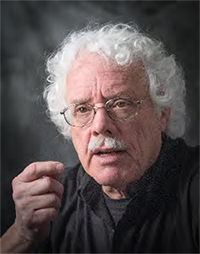 In his decades as a professional photographer, Dave has used a wide range of photo gear, lighting equipment, and film and video equipment. He has shot on assignment in all 48 contiguous states and has photographed in many locations overseas. While now somewhat retired, Dave continues to do limited assignment work for clients.
In his decades as a professional photographer, Dave has used a wide range of photo gear, lighting equipment, and film and video equipment. He has shot on assignment in all 48 contiguous states and has photographed in many locations overseas. While now somewhat retired, Dave continues to do limited assignment work for clients.
Dave has used various media to tell stories that illustrate and bring to life the high impact, high visibility, high pressure, and fast moving worlds of business, schools, museums, and government. He helps his clients refine, clarify, and heighten their messages so they can increase sales, boost fund-raising, or educate. Surprising to us, perhaps, is the fact that Dave is far more than a very successful commercial photographer. He’s an award-winning film and documentary maker and the creator and producer of video and multi-screen slide shows. He’s written and edited scripts. He’s served as advisor on AV equipment and graphic software packages. He’s also a web designer and a one-on-one executive coach for public speaking and presentations.
Here an example of a typical assignment for Dave: He created and produced two complex, multiimage, multi-screen slide shows for National Gallery exhibitions, which were used to give historical and thematic perspectives. In another example, Dave created an anti-smoking film commissioned by the government aimed at students – for which he won an Emmy Award. Since 1990, Dave has been the owner of David W. Powell Communications. Earlier, he held the responsibilities of partner in several communications media firms after serving as a producer/director at WETA and Voice of America. Dave’s client list fills pages; outstanding assignments have come from the World Bank, the CIA, University of Maryland, AT&T, British Airways, GEICO, Exxon Corporation, Hillwood Museum, Georgetown University, and the Egyptian government.
In his own education, Dave received his BA in Radio, Television, and Film Production at the University of Maryland, with an emphasis on public speaking and music. He also plays a mean saxophone.
Street Scenes Competition Judge Vickie Lewis (December 12)
A full-time photographer since 1983, Pulitzer-nominated Vickie Lewis has completed over 150 portrait assignments for People magazine, including presidents, congressmen, Olympic athletes, celebrities, and her favorites – everyday heroes.
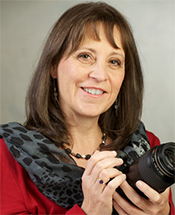 Vickie’s special niche has been capturing heart-warming moments in the toughest situations. Early in her career, she caught the attention of the world with her compelling images of 5-year-old burn victim Sage Volkman. Since then, she has created documentary images of subjects from neo-Nazi skinheads to open heart surgeries to refugees in Central America. She has also created fine art images of the northern Oregon coast.
Vickie’s special niche has been capturing heart-warming moments in the toughest situations. Early in her career, she caught the attention of the world with her compelling images of 5-year-old burn victim Sage Volkman. Since then, she has created documentary images of subjects from neo-Nazi skinheads to open heart surgeries to refugees in Central America. She has also created fine art images of the northern Oregon coast.
Recently, Vickie was approached by The National Geographic Image Collection to have exclusive representation of her images, and, in 2012, she signed a contract with them. In addition, Vickie has carried out assignments for many publications including National Geographic World, Stern, Fortune, and The New York Times.
Besides her many first place awards from the National Press Photographers Association, Pictures of the Year Awards, and Society of Newspaper Design, Vickie has been nominated for a Pulitzer Prize. She also received the Roy Howard Award for Public Service in Journalism. Vickie served as co-president of the DC chapter of the American Society of Media Photographers and as a mentor at the DC Women’s Business Center. Working with the Women in Military Service of America and the Association of the United States Army, Vickie produced a book titled Side-by-Side: A Photographic History of American Women in War. Vickie and her book were featured on MSNCB and Lifetime television; she also moderated a panel discussion about women in the military featured on CSPAN Book-TV.
Vickie loves sharing her passion for photography through the workshops and classes she offers and through individualized critiques. She also has a variety of outreach activities for photographers, including two meet-up groups she leads in the Rockville and Silver Spring areas. It’s free to join these groups, and they have activities that range from informal photo shares at happy hour to classes and workshops. She welcomes photographers at all levels. Explore these possibilities at: www.vickielewis.com
Tips for Playing with Light – Coco Simon and Doug Wolters
There are two ways of “playing with light”: the light source moves, or the camera moves. For capturing holiday lights, let’s experiment with moving the camera.
In general:
- Start with a point & shoot or DSLR set to full auto. Then, if you can control the camera settings, try Manual, at ISO 100, 1/5 to 1/2 sec, f/ 5.6. Vary the shutter speed and aperture depending on your subject or choice of technique.
- Try zoom ranges of 24-70mm or 24-105mm and also 70-300mm
- No flash
- Slow shutter speeds (from 1/60 to BULB) give time for special effects and let in enough light
- Use low ISO to keep noise levels low
- Depending on desired effect, experiment with a smaller aperture (e.g., f/8 or f/11)
- For White Balance, try Auto first; try also Daylight or Tungsten
- Use Manual mode or Aperture or Time Value modes
- If images are too bright, move Exposure Compensation toward – sign
- If images are too dark, move Exposure Compensation toward + sign
- To further adjust with your exposures, remember:
- To lighten: lower f/ stop numbers (wider aperture), slower shutter speed, higher ISO.
- To darken: higher f/stop numbers (smaller aperture), faster shutter speed, lower ISO
- Experiment keeping the same exposure (as shown by the exposure comp needle) by letting the shutter speeds and the f/ stops dance. Keep the ISO the same.
- Attach a neutral density filter to give you a longer exposure if the lights are too bright
- Use live view for the best way to see what you’re shooting
Shooting without a tripod:
- Wipe or swipe the camera up, down, or on the diagonal to create streaks
- Move the camera in circles – different sizes & speeds
- Move the camera in arcs or waves
- Shake or jiggle the camera gently, quickly or slowly
- De-focus the subject by varying amounts
- Run by the lights, taking a long exposure (4 sec.) as you go
- Combine any of the above
- Experiment with your camera’s pre-sets / “scenes” / special effects
- Use image stabilization or vibration reduction, as appropriate
Shooting with a tripod:
- Change focal length by zooming in or out, full or partial amount of zoom
- Get large soft-focus and overlapping disks by using manual focus; wide open lens (numerically low f/- stops); zoom in or get physically closer to the lights for better effects.
- Try wipes & swipes, jiggles, waves, circular movements as above
- Create multiple exposures, camera permitting
- Practice “exposure stacking”: Use long exposure and quickly zoom lens a little every few seconds, zooming the same amount and pausing between turns.
- Use cable release or remote
- Turn off image stabilization or vibration reduction!
Some examples from the Dec. 7 field trip to the Mormon Temple and Brookside Gardens holiday lights displays (click images to expand)
Mormon Temple
Brookside Gardens
December Special Guest Speaker – Karen Messick
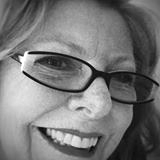 Besides traditional photography, Karen has embraced imaging with high dynamic range Page 6 Cable Release December 2013 software as well as artistic adaptations of her images with plug-in software. Most recently, she has gained a fine reputation for her exciting creations through iPhoneography.
Besides traditional photography, Karen has embraced imaging with high dynamic range Page 6 Cable Release December 2013 software as well as artistic adaptations of her images with plug-in software. Most recently, she has gained a fine reputation for her exciting creations through iPhoneography.
With a strong commitment to education, Karen teaches Intro to Digital Photography and iPhone Photography at Johns Hopkins University in the Odyssey Program. She has led workshops in her home city of Baltimore, Delaware, New Mexico, Virginia, and Ireland. In addition to leading her own workshops through Karen L. Messick Photography, she has conducted workshops and given lectures for Penn Camera / Calumet, Horizon Photography Workshops, and the Capital Photography Center. She has also lectured on composition and design during FotoWeek DC and the Nature Visions Expo in Virginia.
Karen has long been a supporter of camera clubs and served as president of the Baltimore Camera Club from 2006-2010.
As part of her own education, Karen has participated in workshops and excursions with professional nature photographers, John and Barbara Gerlach in northern Michigan and Yellowstone as well as workshops sponsored by The Rocky Mountain School of Photography, with Doug Johnson and Tim Cooper in Glacier National Park. She has also attended photographic seminars by The Nikon School, Rod Plank, Brenda Tharp, Moose Peterson, Tony Sweet, Rick Sammons, and John Sexton.
Karen has written instructional articles and had portfolio pieces published in iPhone Life Magazine and Nature Photographer Magazine, for which she is currently a field contributor. Photographs by Karen Messick are held in the photography collections of the University of Maryland / Baltimore County Campus. Currently, her images are on display at Baas Fine Art Gallery in Seattle and More Than Fine Framing in Ruxton, MD. In the past ten years, Karen has exhibited her work in Washington State, Delaware, and Maryland, including the Baltimore Museum of Art.
Karen’s Websit: www.karenlmessickphotography.com

